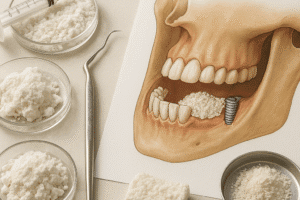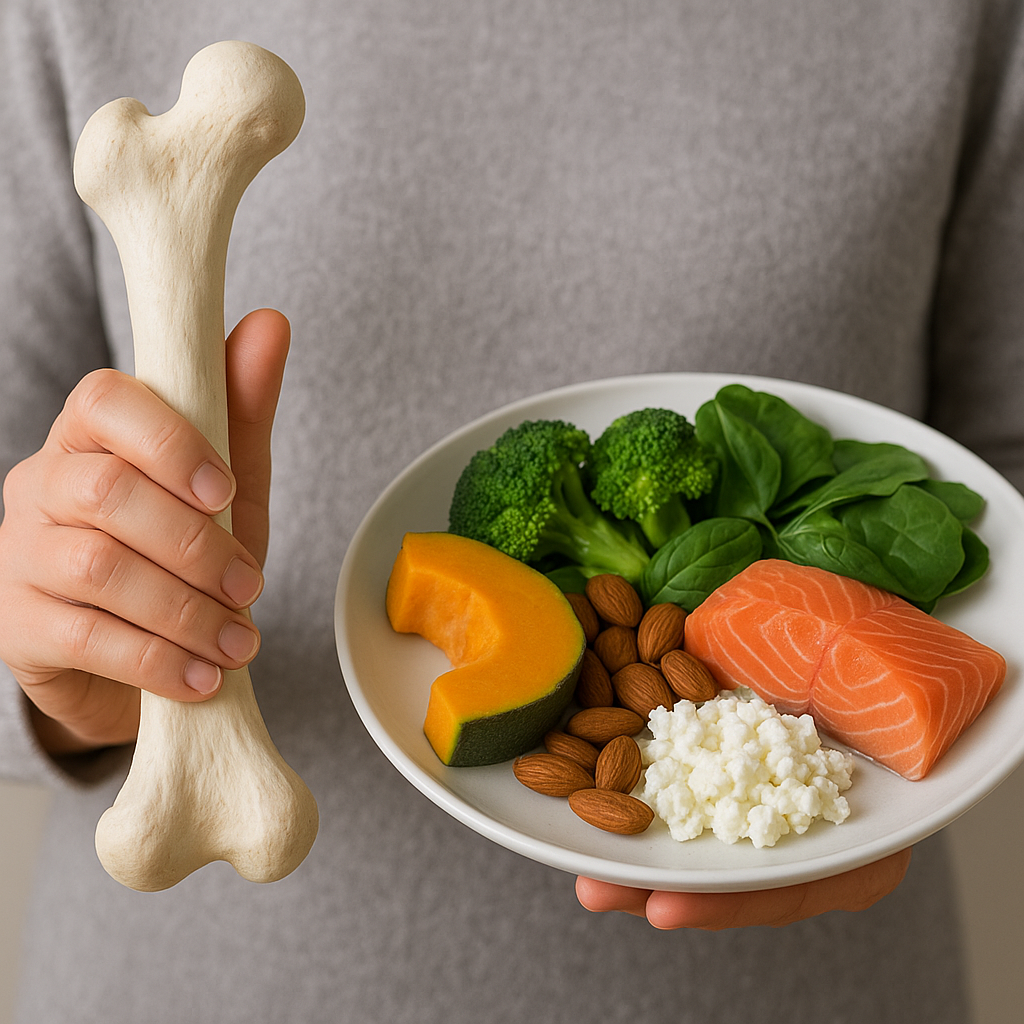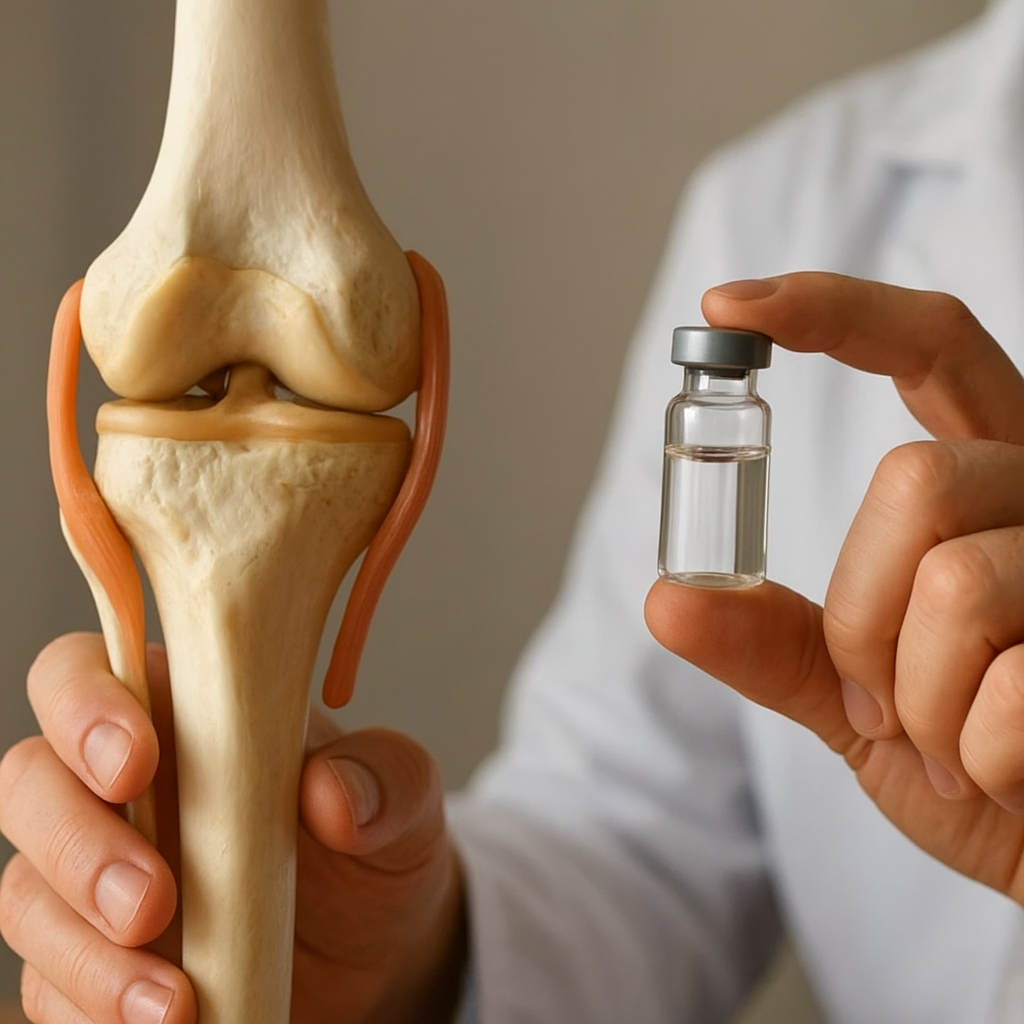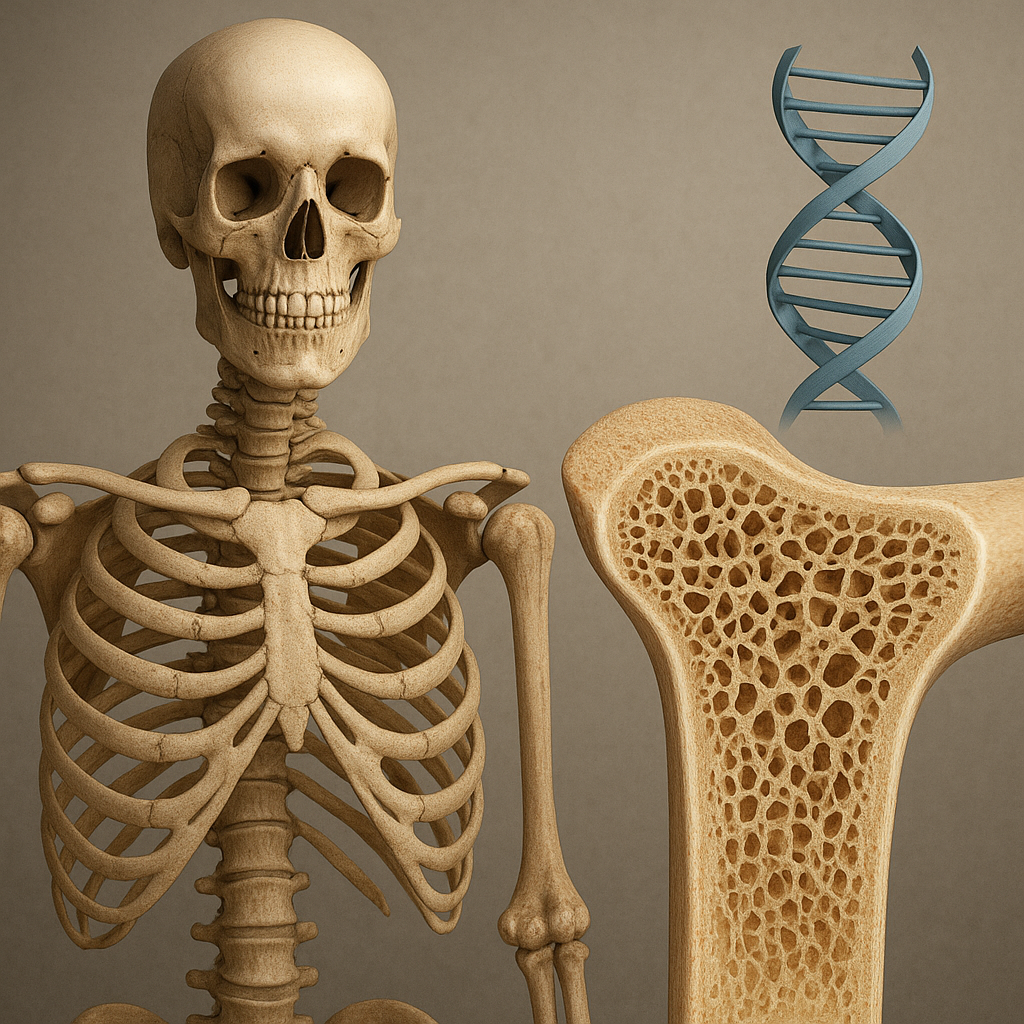The role of bones in protecting vital organs is a fundamental aspect of human anatomy that often goes unnoticed. Bones serve not only as the framework of the body but also as a crucial defense mechanism for the organs that sustain life. This article delves into the various ways bones contribute to the protection of vital organs, the structure and function of the skeletal system, and the implications of bone health on overall well-being.
Understanding the Skeletal System
The skeletal system is a complex network of bones, cartilage, and ligaments that provides structure, support, and protection to the body. It consists of 206 bones in an adult human, each playing a specific role in maintaining the body’s integrity. The bones can be categorized into two main groups: the axial skeleton and the appendicular skeleton.
The Axial Skeleton
The axial skeleton comprises the skull, vertebral column, and rib cage. This part of the skeleton is primarily responsible for protecting the central nervous system and vital organs.
- Skull: The skull encases the brain, safeguarding it from external trauma. It consists of several bones fused together, forming a rigid structure that absorbs impact and prevents injury.
- Vertebral Column: The spine not only supports the body’s posture but also encases the spinal cord, a critical component of the central nervous system. The vertebrae are designed to absorb shock and protect the spinal cord from damage.
- Rib Cage: The rib cage protects the heart and lungs, two of the most vital organs in the body. The ribs are flexible yet strong, allowing for the expansion and contraction of the lungs while providing a barrier against physical impacts.
The Appendicular Skeleton
The appendicular skeleton includes the bones of the limbs and the girdles that attach them to the axial skeleton. While its primary function is mobility, it also plays a role in protecting certain organs.
- Pelvic Girdle: The pelvis protects the reproductive organs and the lower abdominal organs. Its structure is designed to withstand the forces exerted during activities such as walking and running.
- Shoulder Girdle: The shoulder girdle provides support for the upper limbs and protects the upper thoracic organs, including parts of the lungs and heart.
The Protective Functions of Bones
Bones serve multiple protective functions that are essential for maintaining health and preventing injury. Understanding these functions can highlight the importance of bone health and the need for preventive measures against bone-related diseases.
Physical Protection
The most apparent role of bones is their ability to provide physical protection to vital organs. The rigid structure of bones acts as a barrier against external forces, reducing the risk of injury during accidents or falls. For instance, the skull protects the brain from blunt force trauma, while the rib cage shields the heart and lungs from impacts.
Support and Stability
Bones provide support and stability to the body, allowing for proper posture and movement. This structural support is crucial for the protection of internal organs, as a stable body is less likely to experience injuries that could compromise organ function. For example, a strong vertebral column helps maintain alignment and reduces the risk of spinal injuries that could affect the spinal cord.
Bone Marrow and Immune Function
Bone marrow, found within certain bones, plays a vital role in the production of blood cells, including red blood cells, white blood cells, and platelets. This function is essential for maintaining a healthy immune system, which in turn protects vital organs from infections and diseases. A healthy immune system is crucial for the overall protection of the body, as it helps to fend off pathogens that could harm organ function.
Calcium Storage and Regulation
Bones serve as a reservoir for calcium, a mineral essential for various bodily functions, including muscle contraction and nerve transmission. The regulation of calcium levels in the blood is critical for maintaining the health of vital organs. When calcium levels drop, bones release calcium into the bloodstream, ensuring that organs receive the necessary minerals to function properly. This dynamic balance highlights the interconnectedness of bone health and organ protection.
Implications of Bone Health on Organ Protection
Maintaining healthy bones is crucial for the protection of vital organs. Various factors can influence bone health, including nutrition, physical activity, and lifestyle choices. Understanding these factors can help individuals take proactive steps to ensure their bones remain strong and resilient.
Nutrition and Bone Health
A balanced diet rich in calcium and vitamin D is essential for maintaining bone density and strength. Foods such as dairy products, leafy greens, and fortified cereals provide the necessary nutrients for bone health. Additionally, vitamin D aids in calcium absorption, making it a critical component of bone health. Insufficient intake of these nutrients can lead to weakened bones, increasing the risk of fractures and compromising the protection of vital organs.
Physical Activity
Regular physical activity is vital for maintaining bone strength and density. Weight-bearing exercises, such as walking, running, and resistance training, stimulate bone formation and help prevent bone loss. Engaging in physical activity not only strengthens bones but also enhances overall body stability, reducing the risk of falls and injuries that could harm vital organs.
Lifestyle Choices
Certain lifestyle choices can negatively impact bone health. Smoking and excessive alcohol consumption are known to weaken bones, increasing the risk of osteoporosis and fractures. Additionally, a sedentary lifestyle can lead to decreased bone density, making bones more susceptible to injury. Making healthier lifestyle choices can significantly improve bone health and, consequently, the protection of vital organs.
Conclusion
The role of bones in protecting vital organs is a multifaceted aspect of human anatomy that underscores the importance of maintaining bone health. From providing physical protection to supporting immune function and regulating essential minerals, bones are integral to the overall well-being of the body. By understanding the protective functions of bones and the factors that influence bone health, individuals can take proactive steps to ensure their skeletal system remains strong and resilient, ultimately safeguarding their vital organs for a healthier life.













